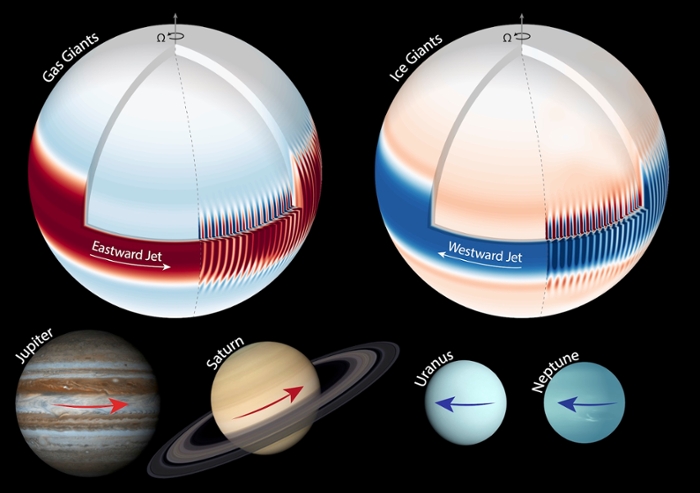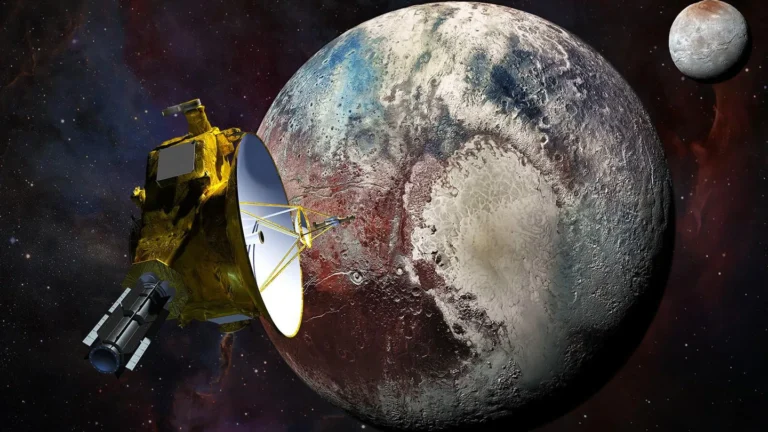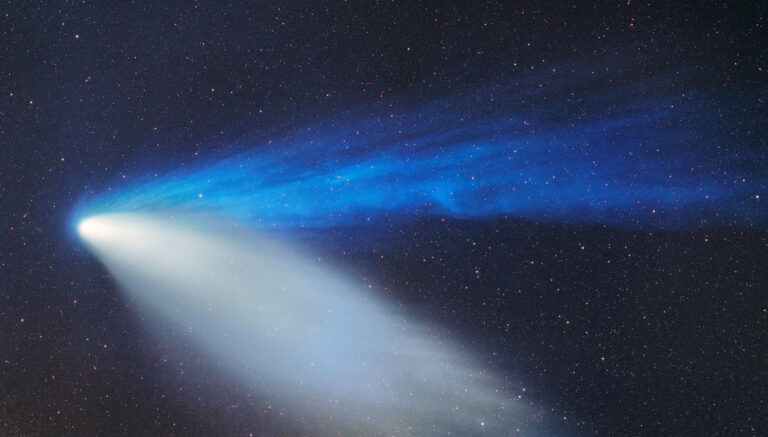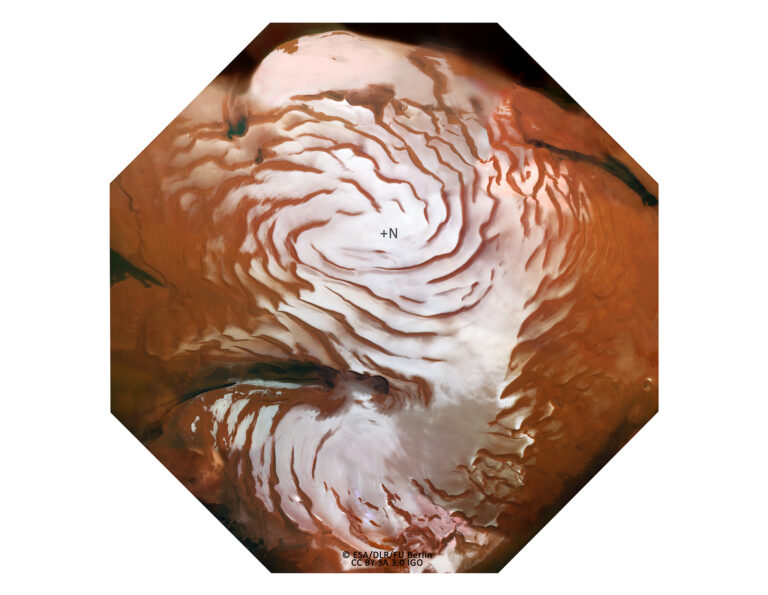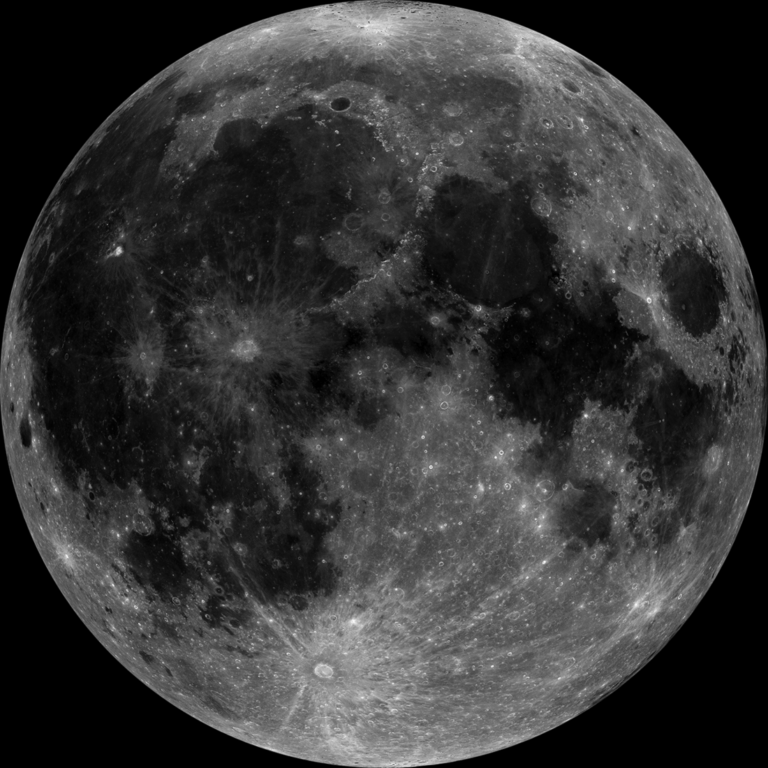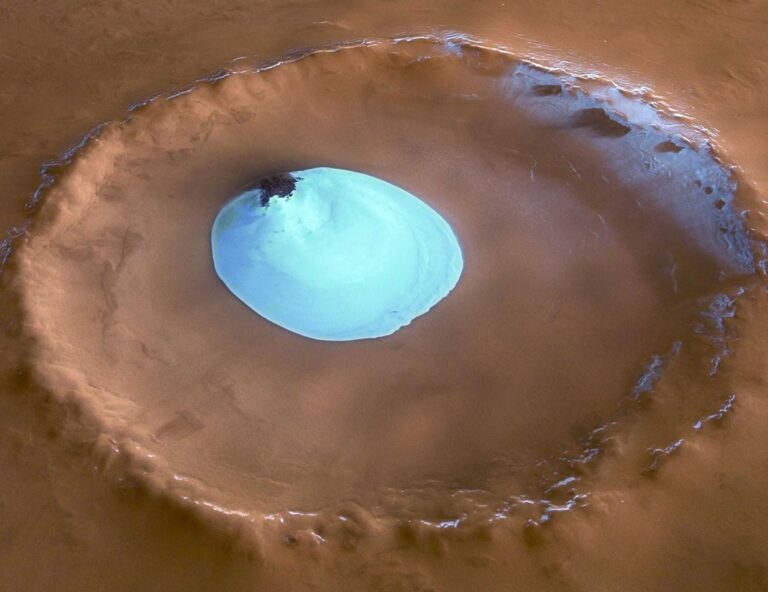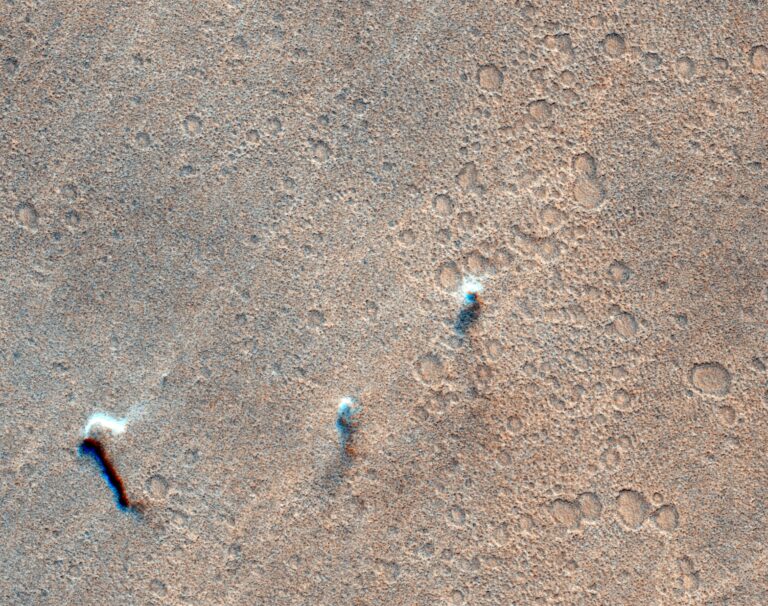Key Takeaways:
- The "Wolf trap," a life-detection instrument designed by microbiologist Wolf Vishniac for the 1976 Viking mission, was intended to monitor changes in pH or cloudiness of a liquid nutrient medium upon introduction of Martian dust as an indicator of life.
- Despite its design, the "Wolf trap" was ultimately excluded from the Viking 1 and 2 lander payloads due to budget cuts, with three other culture-based experiments included instead.
- The Viking mission's included biology experiments, while culture-based, did not directly measure changes in a liquid designed to support growth, unlike the proposed "Wolf trap."
- Modern approaches to extraterrestrial life detection have transitioned from culturing organisms to directly identifying biomolecules, such as DNA or metabolic products.
Q: Have scientists sent experiments like the “Wolf trap” to Mars to search for life?
A: The “Wolf trap” was a life-detection instrument designed by American microbiologist Wolf Vishniac for the Viking mission, which landed on Mars in 1976. Due to budget cuts, it was not included on either lander. The principle of the Wolf trap was to bring martian dust into a tube containing nutrients in liquid form. The instrument would then monitor the state of the liquid; if its pH or cloudiness changed after the martian dust was introduced, this would be an indication of life. Three other culture-based experiments were part of the Viking biology payload instead, but none measured direct changes in a liquid that was designed to support growth.
Modern approaches to life detection do not rely on growing organisms in nutrients but are instead based on the direct detection of the biomolecules that compose the organisms, such as DNA, the alien equivalent of DNA, or the products of organisms’ metabolism.
Chris McKay
NASA’s Ames Research Center, Moffett Field, California


